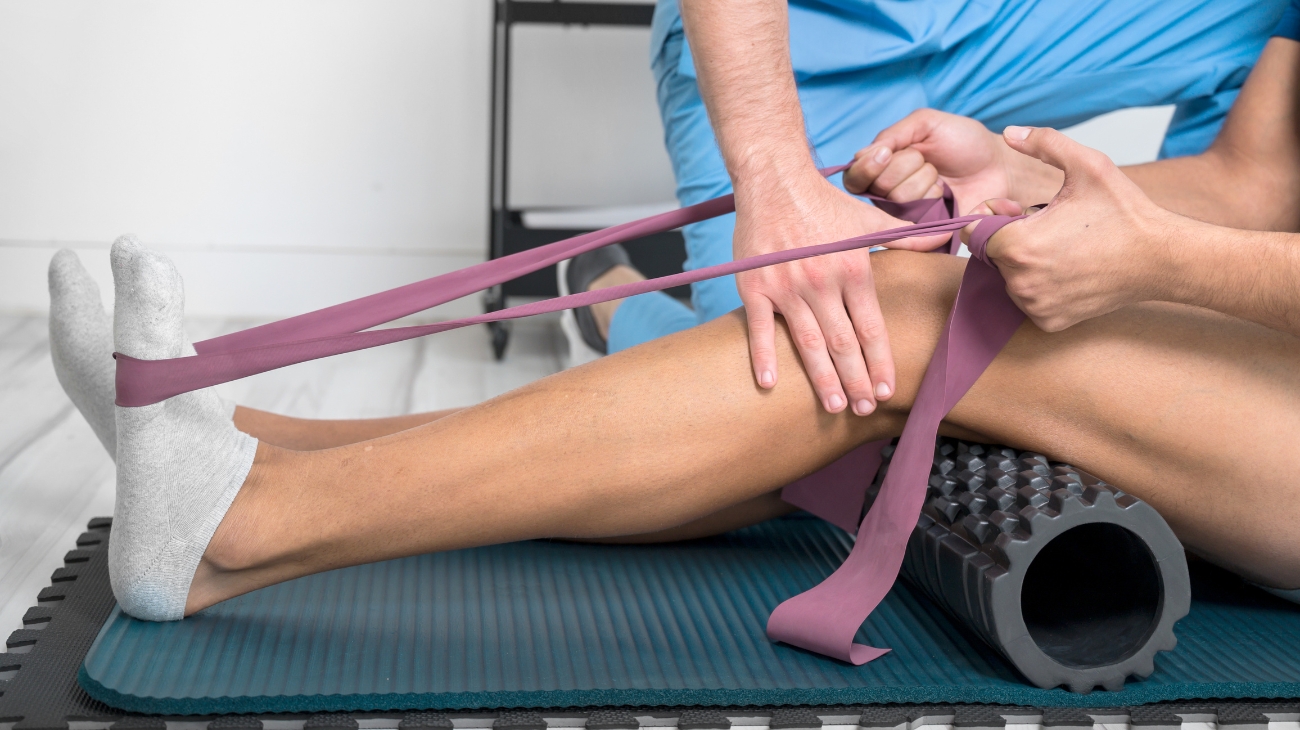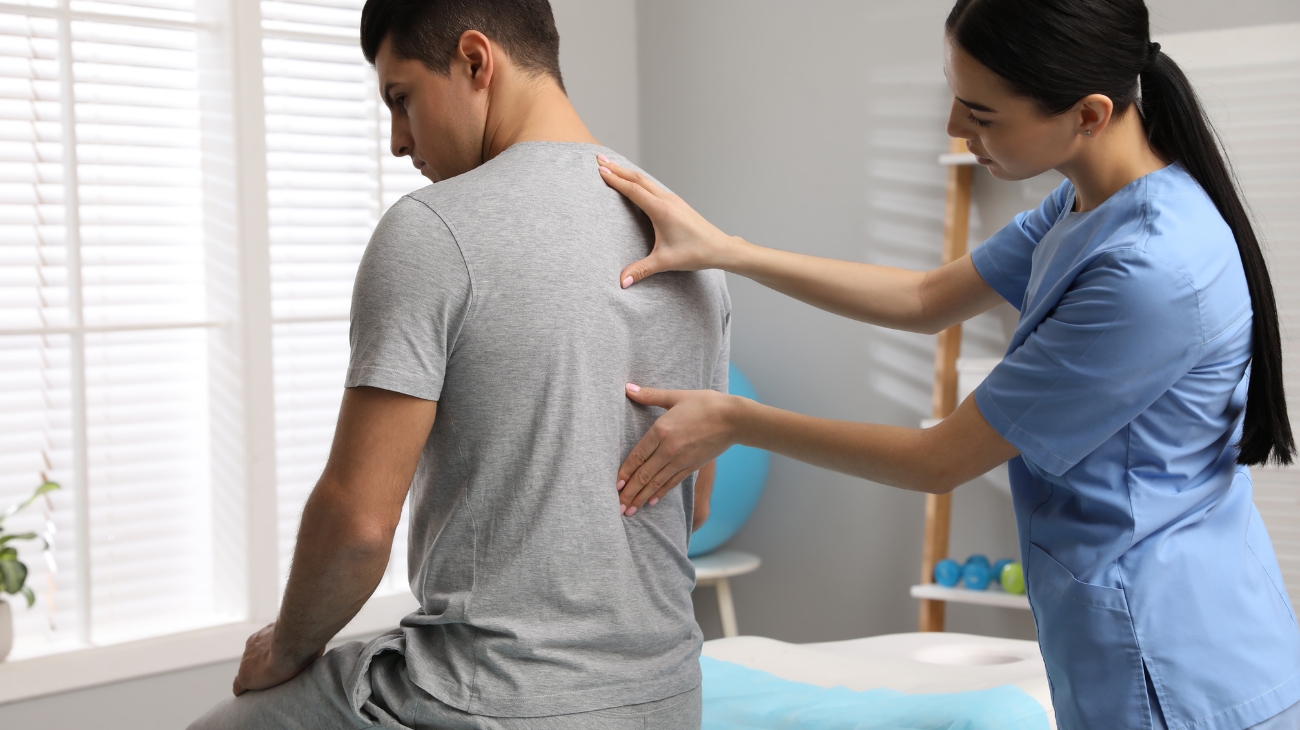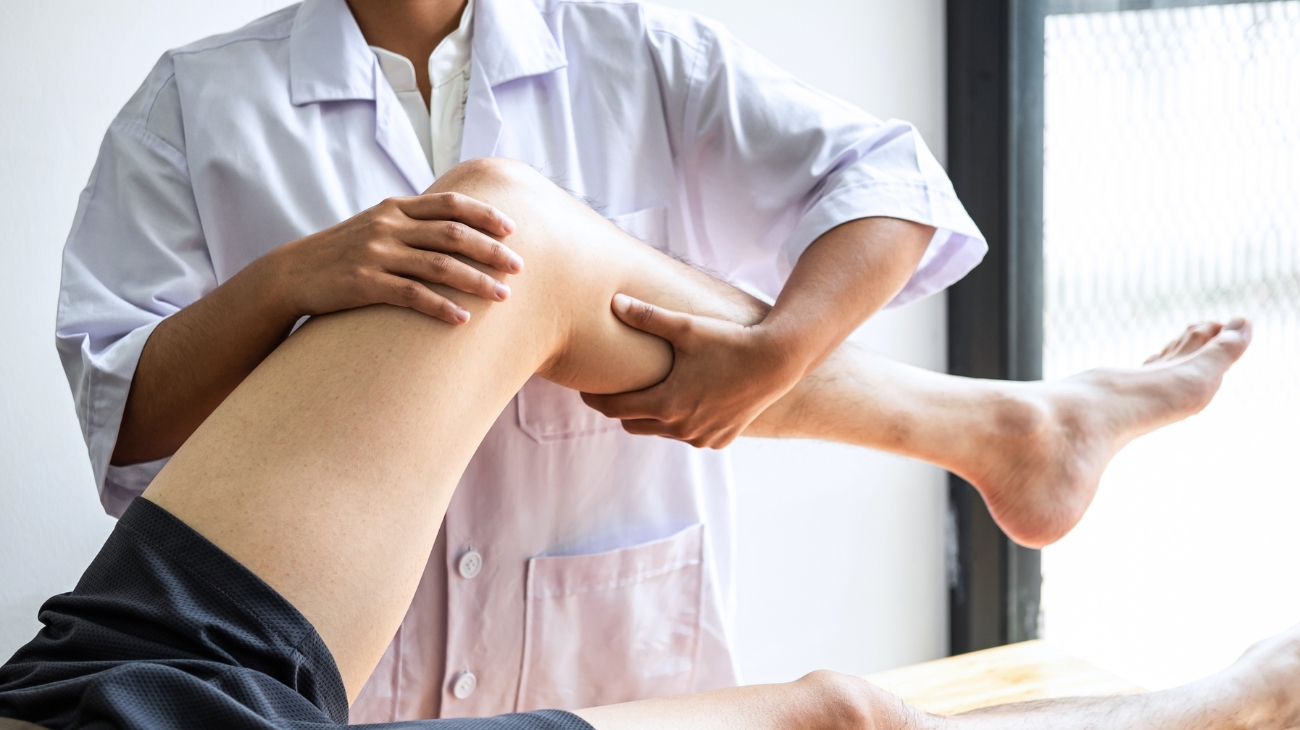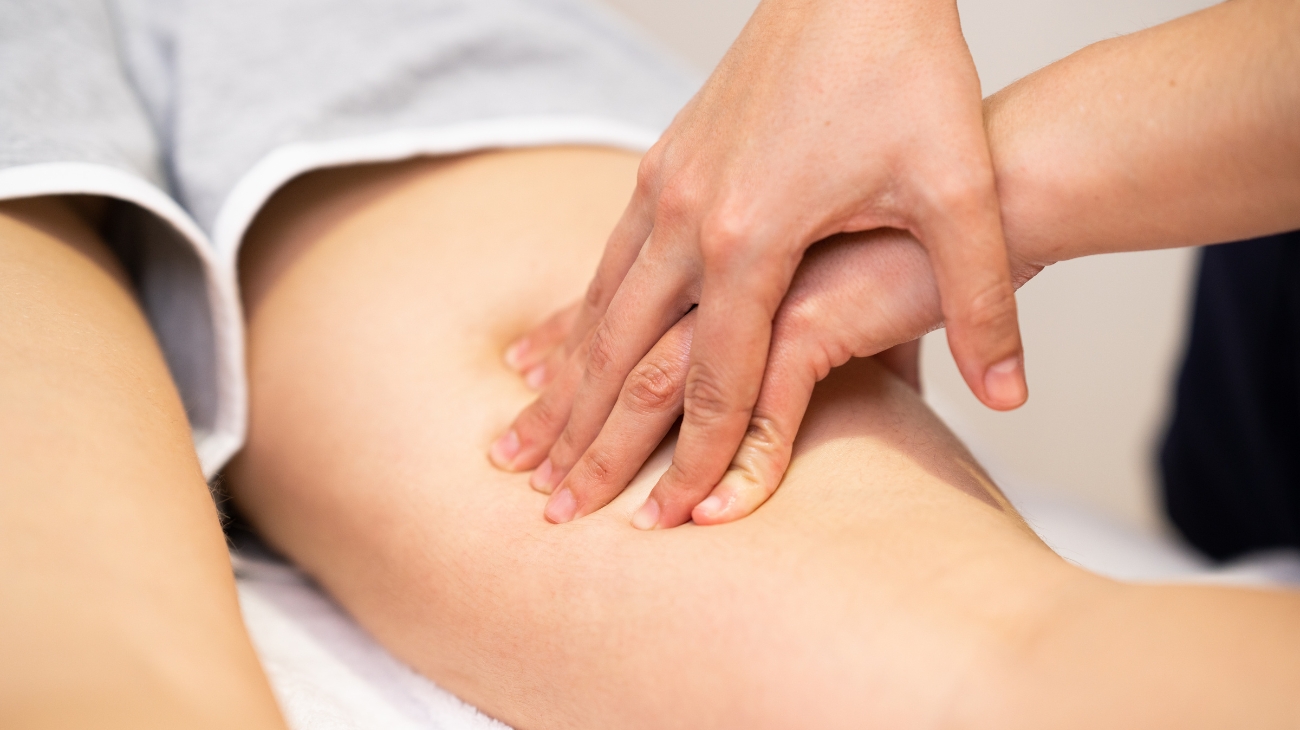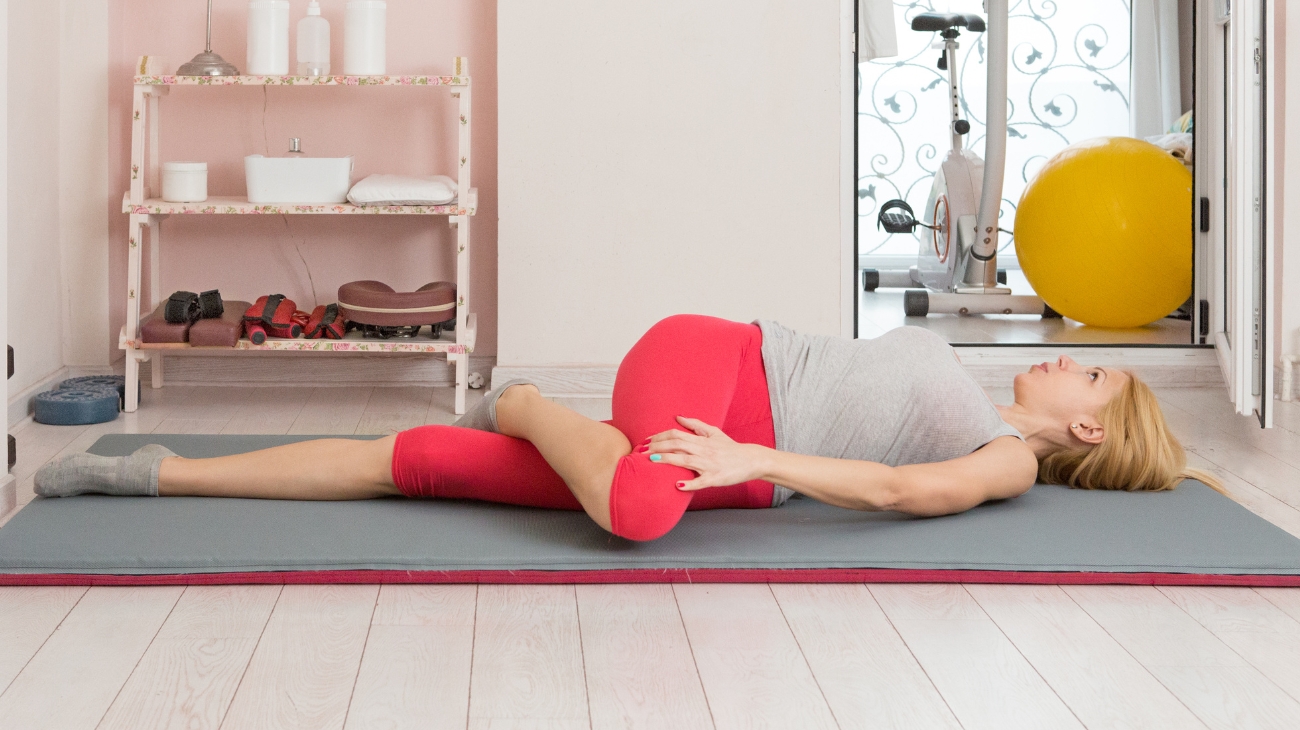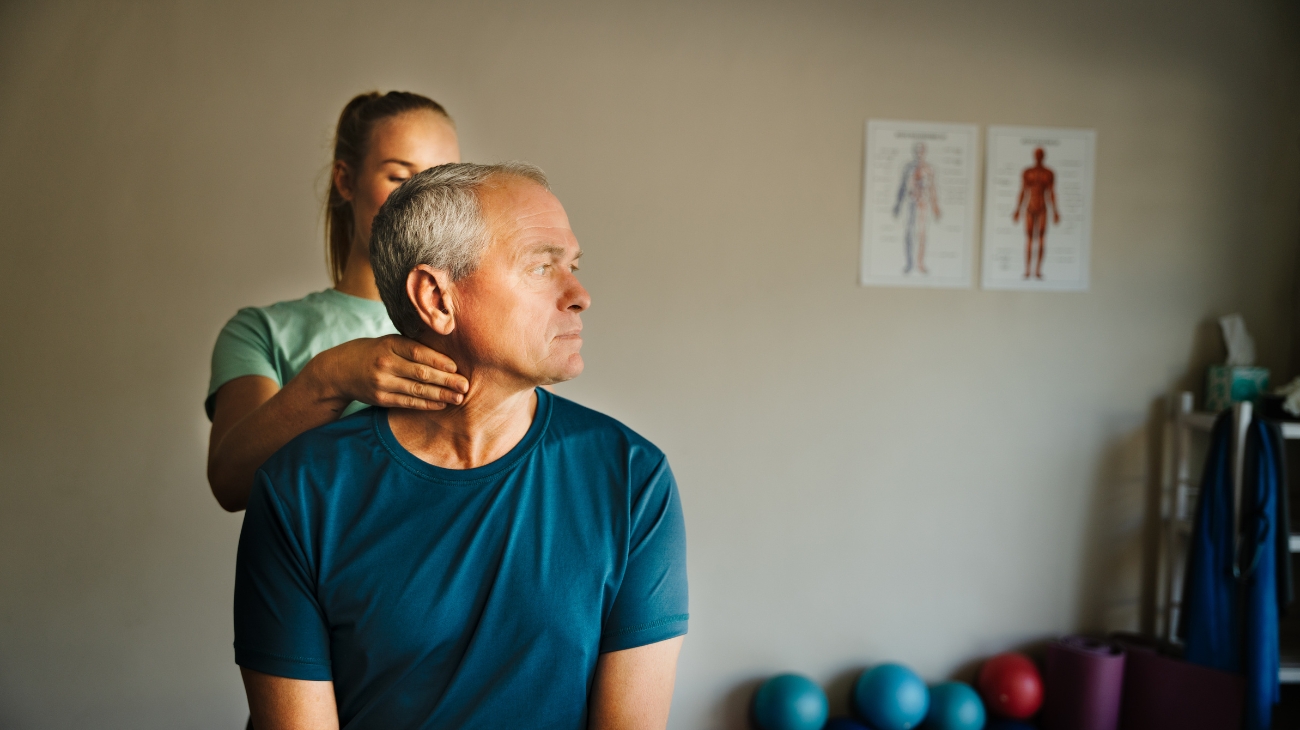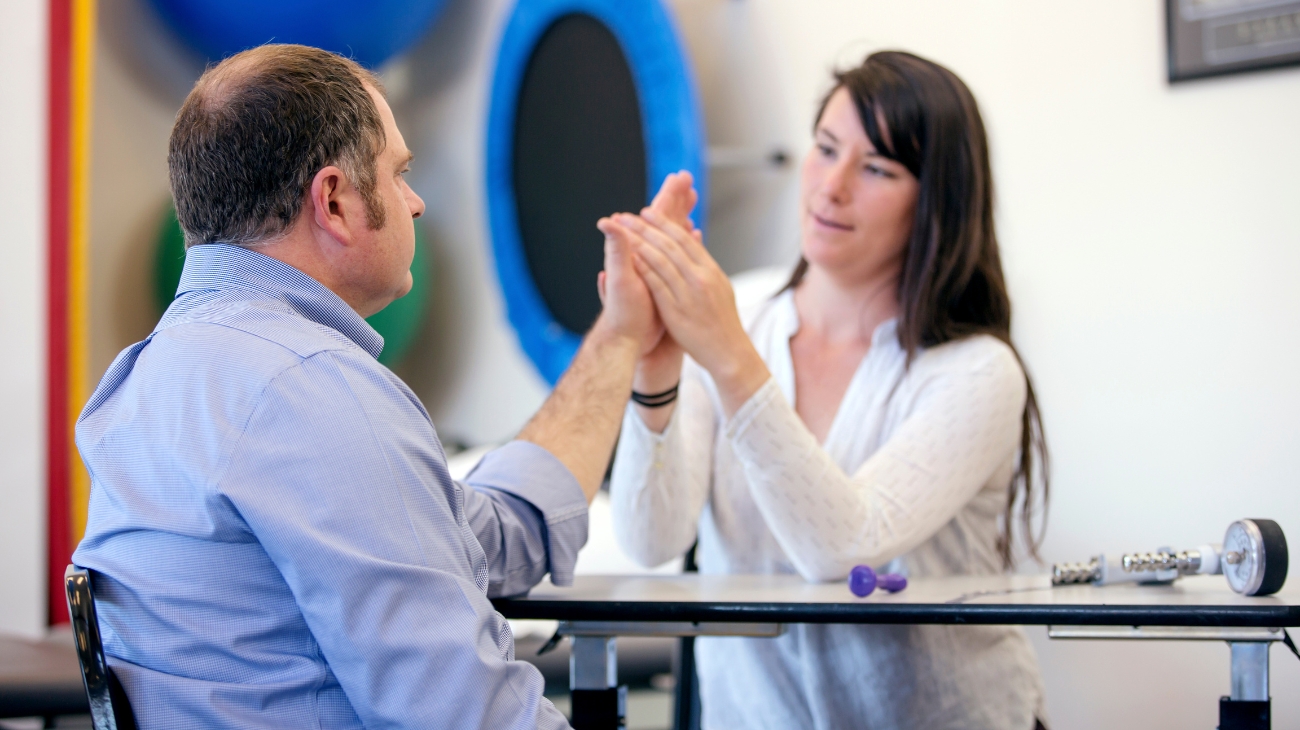As an expert in Manual Physical Therapy, it is important to know the best exercises for shoulder rehabilitation and pain relief because the shoulder joint is one of the most mobile and complex joints in the human body, and is involved in a wide range of movements.
Injuries to the shoulder joint can cause significant pain and disability, affecting daily activities, work, and sports performance. Rehabilitation exercises can help to improve the strength, flexibility, and stability of the shoulder joint, and reduce pain and inflammation, helping patients to regain function and return to their normal activities.
Best shoulder rehab and mobility exercises
Knowing the best exercises for shoulder rehabilitation and pain relief can help to prevent the development of chronic shoulder problems, such as frozen shoulder or rotator cuff tears. By addressing shoulder injuries early on and implementing appropriate exercises, patients can avoid long-term complications and the need for more invasive treatments such as surgery.
1 - Prone ITWYs for Shoulder
Prone ITWYs is an effective exercise for improving shoulder strength and stability:
- Lie face down on an incline bench or a stability ball with your chest and shoulders off the bench and arms extended straight toward the floor.
- Keep your thumbs pointed up and palms facing each other.
- Initiate the movement by lifting your arms slightly off the bench and forming the letter "I" by moving them straight overhead.
- Lower your arms back down, then move them out to the sides to form a "T," maintaining a slight bend in your elbows.
- Lower your arms again, then bring them back to the starting position by forming a "W" shape with your elbows bent at 90 degrees.
- Repeat the sequence, aiming for 2-3 sets of 10-15 repetitions.
Muscles involved:
- Deltoid: All three heads of the deltoid (anterior, lateral, posterior) are engaged during the various phases of this exercise.
- Rotator Cuff Muscles: The supraspinatus, infraspinatus, teres minor, and subscapularis contribute to shoulder stability.
- Trapezius: The upper, middle, and lower fibers of the trapezius play a role in scapular movement and stability.
2 - Prone Y for Shoulder
The Prone Y exercise is valuable for strengthening the muscles surrounding the shoulder girdle and improving scapular stability:
- Lie face down on a bench or a stability ball, ensuring your chest and shoulders are off the surface.
- Extend both arms straight overhead in a Y shape, forming a slight angle with your torso.
- Keep your thumbs pointed up and palms facing each other.
- Initiate the movement by lifting your arms slightly off the bench, focusing on using your shoulder blades to lift your arms.
- Elevate your arms to create a Y shape, engaging the upper trapezius and deltoid muscles.
- Lower your arms back down in a controlled manner.
- Perform 2-3 sets of 10-15 repetitions.
Muscles involved:
- Trapezius (Upper Fibers): These muscles are primarily responsible for elevating the shoulder blades and arms in the Y position.
- Deltoid (Anterior Fibers): The anterior deltoid helps lift the arms overhead.
- Serratus Anterior: This muscle assists in stabilizing the scapula and controlling the movement.
3 - Codman pendulum lateral (Dumbbell)
Is a therapeutic exercise that can help improve shoulder mobility and alleviate discomfort:
- Stand with your feet shoulder-width apart, knees slightly bent.
- Hold a lightweight dumbbell in your hand on the side you wish to exercise.
- Bend at your waist so that your upper body is parallel to the ground.
- Let your arm with the dumbbell hang straight down towards the floor.
- Gently swing your arm in a small, controlled circular motion, making circles with your arm to the side.
- Perform this motion for a specified number of repetitions and then switch to the other arm.
Muscles involved:
- Deltoid: The lateral and posterior deltoid fibers are engaged during the circular motion.
- Rotator Cuff Muscles: These muscles help control the movement and stabilize the shoulder joint.
- Trapezius (Lower Fibers): They assist in scapular movement and stability.
4 - Shoulder rotations
Shoulder rotations are a fundamental exercise for improving shoulder mobility and flexibility:
- Stand or sit with proper posture, keeping your spine aligned and shoulders relaxed.
- Extend both arms straight out to the sides at shoulder height.
- Start the movement by slowly rotating your arms in small, controlled circles.
- Begin with small circles and gradually increase the size of the circles as your shoulders warm up.
- Continue the circular motion for the desired number of repetitions.
- Reverse the direction of the circles after completing the set.
Muscles involved:
- Deltoid: All three heads of the deltoid (anterior, lateral, posterior) are actively engaged during shoulder rotations.
- Rotator Cuff Muscles: These muscles provide stability and control the rotation of the shoulder joint.
- Trapezius (Middle Fibers): These fibers contribute to the scapular movement and stability during the exercise.
5 - Shoulder external rotation (Band)
Is essential for strengthening the rotator cuff muscles and enhancing shoulder stability:
- Securely anchor an elastic band at waist height.
- Stand with your side to the anchor point, keeping your elbow bent at a 90-degree angle and your forearm parallel to the ground.
- Grasp the band's handle with the hand of the exercising arm, and stand far enough away from the anchor to create tension.
- Keep your elbow close to your side and your forearm parallel to the ground.
- Initiate the movement by rotating your forearm outward, against the resistance of the band.
- Hold for a second or two, then return to the starting position.
- Perform 2-3 sets of 10-15 repetitions on each side.
Muscles involved:
- Infraspinatus: This rotator cuff muscle is the primary mover for external rotation.
- Teres Minor: Another rotator cuff muscle, it assists in external rotation.
- Posterior Deltoid: This shoulder muscle also contributes to the movement, particularly when using higher resistance bands.
6 - Shoulder internal rotation (Band)
Is crucial for strengthening the rotator cuff muscles and improving shoulder stability:
- Securely anchor an elastic band at waist height.
- Stand with your side to the anchor point, keeping your elbow bent at a 90-degree angle and your forearm parallel to the ground.
- Grasp the band's handle with the hand of the exercising arm, and stand far enough away from the anchor to create tension.
- Keep your elbow close to your side and your forearm parallel to the ground.
- Initiate the movement by rotating your forearm inward, against the resistance of the band.
- Hold for a second or two, then return to the starting position.
- Perform 2-3 sets of 10-15 repetitions on each side.
Muscles involved:
- Subscapularis: This is the primary rotator cuff muscle responsible for internal rotation.
- Pectoralis Major (Anterior Fibers): These chest muscles also contribute to the movement, particularly when using higher resistance bands.
7 - Shoulder squeezes
Shoulder squeezes, also known as scapular or shoulder blade squeezes, are essential for promoting proper scapular mobility and stability:
- Sit or stand with your back straight and shoulders relaxed.
- Imagine trying to pinch a pencil between your shoulder blades.
- Gently squeeze your shoulder blades together by retracting them.
- Hold the squeeze for a few seconds.
- Relax your shoulder blades back to their neutral position.
- Repeat the motion for 2-3 sets of 10-15 repetitions.
Muscles involved:
- Trapezius (Middle and Lower Fibers): These muscles retract and stabilize the scapulae during the squeeze.
- Rhomboids (Major and Minor): These muscles play a primary role in scapular retraction.
- Serratus Anterior: This muscle controls the scapula's movement and helps maintain scapular stability during the exercise.
8 - Wall Angels
Wall angels are a fantastic exercise for shoulder mobility and posture:
- Stand with your back against a wall, feet about six inches away from the wall.
- Place your arms against the wall with your elbows bent to 90 degrees, forming a "W" shape.
- Slowly slide your arms upward along the wall as far as comfortable while maintaining contact with the wall.
- Maintain your head, upper back, and lower back against the wall throughout the movement.
- Slowly lower your arms back to the starting "W" position.
Muscles involved:
- Deltoids: All three deltoid heads are engaged during different phases.
- Serratus Anterior: This muscle stabilizes the scapulae against the wall.
- Rhomboids: They help retract the scapulae.
- Trapezius (Middle and Lower Fibers): These muscles control scapular movement.
9 - Shoulder snow angels
Shoulder snow angels are a beneficial exercise for enhancing shoulder mobility and stability:
- Lie on your back on a firm surface, such as a mat, with your arms extended straight overhead and palms facing down.
- Keep your legs straight and flat on the ground.
- Slowly and with control, start to raise your arms overhead in an arc motion, like you're making a snow angel.
- Continue the motion until your arms are as close to the ground as comfortably possible without straining.
- Reverse the motion and bring your arms back to the starting position.
- Perform 2-3 sets of 10-15 repetitions.
Muscles involved:
- Deltoids: All three heads (anterior, lateral, posterior) are actively engaged throughout the movement.
- Rotator Cuff Muscles: These muscles provide dynamic stability to the shoulder joint.
- Serratus Anterior: It helps control scapular movement during the exercise.
10 - Shoulder halo (Band)
Is effective for improving shoulder stability and mobility:
- Stand with your feet shoulder-width apart and step on the middle of the elastic band.
- Hold one end of the band in each hand at shoulder height, keeping your elbows bent.
- Begin the movement by rotating your arms outward, pushing the band upward and away from your body.
- Continue the circular motion overhead, then bring the band down behind your head and lower it to your starting position.
- Reverse the direction and repeat the movement for the desired number of repetitions.
Muscles involved:
- Deltoids: All three heads of the deltoid are engaged throughout the circular motion.
- Rotator Cuff Muscles: These muscles provide stability to the shoulder joint during the exercise.
- Trapezius (Upper and Middle Fibers): These fibers assist in scapular control and movement.
Best products for shoulder pain relief
Bestseller
-
Acupressure Mat and Pillow (Black/Gray)
£44,95 -
Acupressure Mat and Pillow (Green/Navy)
£44,95 -
Acupressure Mat and Pillow (Pink/Bordeaux)
£44,95 -
Acupressure Pillow (Black/Gray)
£21,52 -
Acupressure Pillow (Green/Navy)
£21,52 -
Acupressure Pillow (Pink/Bordeaux)
£21,52 -
Ice Massage Roller Ball (Black)
£34,95 -
Ice Massage Roller Ball (Green)
£34,95 -
Ice Massage Roller Ball (Pink)
£34,95 -
Microwave Wheat Bag for Neck & Shoulder Pain Relief (Hearts)
£21,50 -
Microwave Wheat Bag for Neck & Shoulder Pain Relief (Oxford)
£21,50 -
Microwave Wheat Bag for Neck & Shoulder Pain Relief (Sport)
£21,50 -
Microwave Wheat Bag for Neck Pain Relief (Hearts)
£17,50 -
Microwave Wheat Bag for Neck Pain Relief (Oxford)
£17,50 -
Microwave Wheat Bag for Neck Pain Relief (Sport)
£17,50 -
Microwaveable Wheat Bag for Pain Relief (Hearts)
£17,50 -
Microwaveable Wheat Bag for Pain Relief (Oxford)
£17,50 -
Microwaveable Wheat Bag for Pain Relief (Sport)
£17,50 -
Shoulder Support Brace (Black)
£21,95 -
Shoulder Support Brace (Green)
£21,95 -
Shoulder Support Brace (Pink)
£21,95 -
Trigger Point Massage Stick (Black)
£12,95 -
Trigger Point Massage Stick (Green)
£12,95 -
Trigger Point Massage Stick (Pink)
£12,95
Most common shoulder injuries
Some of the most common shoulder injuries that I come across are:
- Rotator cuff tear: This is a tear in one or more of the four muscles in the rotator cuff that help stabilize and move the shoulder joint. It can be caused by repetitive overhead motions, lifting heavy weights, or a sudden injury.
- Shoulder impingement syndrome: This occurs when the tendons or bursa in the shoulder joint become compressed or pinched, causing pain and limited movement. It can be caused by repetitive overhead motions, poor posture, or a sudden injury.
- Frozen shoulder: This is a condition where the shoulder joint becomes stiff and painful, making it difficult to move. It can be caused by injury, surgery, or certain medical conditions.
- Labral tear: The labrum is a ring of cartilage that surrounds the socket of the shoulder joint. A tear in this cartilage can cause pain, weakness, and instability in the shoulder.
- Bursitis: This is an inflammation of the bursa, a fluid-filled sac that cushions the joints. In the shoulder, it can cause pain, stiffness, and swelling.
- Dislocated shoulder: This occurs when the upper arm bone pops out of the shoulder socket, usually due to a sudden injury or trauma. It can cause pain, swelling, and weakness in the shoulder.
- AC joint injury: The AC joint is the joint where the collarbone meets the shoulder blade. An injury to this joint can cause pain, swelling, and limited range of motion in the shoulder.
Benefits of rehab exercises for shoulder injuries
We recommend rehabilitation exercises and mobility for shoulder injuries as they offer numerous benefits such as:
- Reduced pain: Proper rehabilitation exercises and mobility techniques can help reduce pain associated with shoulder injuries. Targeted exercises and stretches can help alleviate tension and inflammation in the affected area, which can help relieve pain.
- Improved range of motion: Shoulder injuries can often lead to restricted movement in the affected area. Rehabilitation exercises can help improve range of motion by stretching and strengthening the muscles and joints surrounding the shoulder.
- Increased strength and stability: Shoulder injuries can weaken the surrounding muscles and lead to instability in the joint. Rehabilitation exercises can help rebuild strength and stability in the shoulder, reducing the risk of future injuries.
- Faster recovery: Performing rehabilitation exercises and mobility techniques can help speed up the recovery process by promoting healing and reducing inflammation.
- Improved posture and body mechanics: Shoulder injuries can often lead to compensatory movements and poor posture, which can cause additional strain on the shoulder and surrounding muscles. Rehabilitation exercises can help correct these issues, improving overall body mechanics and reducing the risk of further injuries.
- Better overall function: By improving range of motion, strength, stability, and posture, rehabilitation exercises can help improve overall shoulder function and quality of life.
In summary, performing rehabilitation exercises and mobility techniques for shoulder injuries can help reduce pain, improve range of motion, increase strength and stability, promote faster recovery, improve posture and body mechanics, and enhance overall function.
F.A.Q: Frequently asked questions
References
- Braun, C., & Hanchard, N. C. (2010). Manual therapy and exercise for impingementrelated shoulder pain. Physical Therapy Reviews, 15(2), 62-83. https://europepmc.org/article/med/2383382
- Braun, C., & Hanchard, N. C. (2010). Manual therapy and exercise for impingementrelated shoulder pain. Physical Therapy Reviews, 15(2), 62-83. https://www.tandfonline.com/doi/abs/10.1179/174328810X12786297204675
- Cratsenberg, K. A., Deitrick, C. E., Harrington, T. K., Kopecky, N. R., Matthews, B. D., Ott, L. M., & Coeytaux, R. R. (2015). Effectiveness of exercise programs for management of shoulder pain in manual wheelchair users with spinal cord injury. Journal of Neurologic Physical Therapy, 39(4), 197-203. https://www.ingentaconnect.com/content/wk/npt/2015/00000039/00000004/art00002
- Curtis, K. A., Tyner, T. M., Zachary, L., Lentell, G., Brink, D., Didyk, T., ... & Pacillas, B. (1999). Effect of a standard exercise protocol on shoulder pain in long-term wheelchair users. Spinal cord, 37(6), 421-429. https://www.nature.com/articles/3100860
- Burkhead Jr, W. Z., & Rockwood Jr, C. A. (1992). Treatment of instability of the shoulder with an exercise program. JBJS, 74(6), 890-896. https://journals.lww.com/jbjsjournal/abstract/1992/74060/treatment_of_instability_of_the_shoulder_with_an.10.aspx
- Ludewig, P. M., & Borstad, J. D. (2003). Effects of a home exercise programme on shoulder pain and functional status in construction workers. Occupational and environmental medicine, 60(11), 841-849. https://oem.bmj.com/content/60/11/841.short
- Escamilla, R. F., Yamashiro, K., Paulos, L., & Andrews, J. R. (2009). Shoulder muscle activity and function in common shoulder rehabilitation exercises. Sports medicine, 39, 663-685. https://link.springer.com/article/10.2165/00007256-200939080-00004
- Kaplan, L. D., Flanigan, D. C., Norwig, J., Jost, P., & Bradley, J. (2005). Prevalence and variance of shoulder injuries in elite collegiate football players. The American journal of sports medicine, 33(8), 1142-1146. https://journals.sagepub.com/doi/abs/10.1177/0363546505274718
- Jobe, F. W., & Bradley, J. P. (1989). The diagnosis and nonoperative treatment of shoulder injuries in athletes. Clinics in sports medicine, 8(3), 419-438. https://www.sciencedirect.com/science/article/abs/pii/S0278591920308073
- Cools, A. M., Johansson, F. R., Borms, D., & Maenhout, A. (2015). Prevention of shoulder injuries in overhead athletes: a science-based approach. Brazilian journal of physical therapy, 19, 331-339. https://www.scielo.br/j/rbfis/a/7XDTVZYkJK6sQJLhSvGJQFz/






































